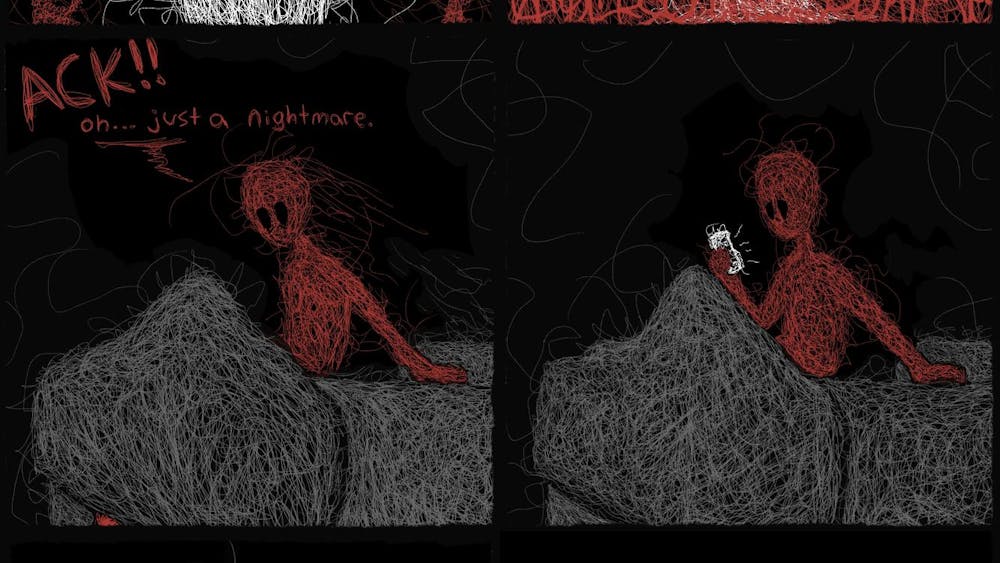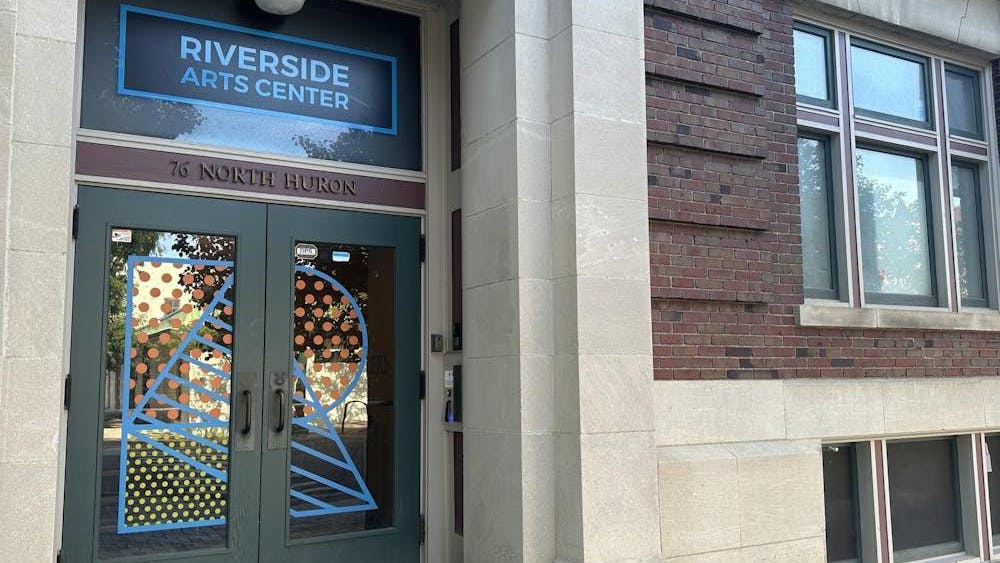Every Thursday night at 7:30 in room 402 of the Sherzer building, a group of like-minded individuals meet to discuss the universe, the cosmos and generally geek out. It’s the Astronomy Club, founded in 1977 and currently headed by club president Clara Balmer.
Most nights, the meetings are split into two parts, the first consisting of sitting around either talking about club business, watching a movie, YouTube clips or just covering the latest bit of space news, all the while having rather witty banter between the members.
The second, if weather permits, the members observe. They climb a flight of stairs to the great white dome crowning Sherzer, and stare though a telescope to watch the heavens.
Common crowd pleasers and sights of the observatory include Jupiter with its Great Red
Spot, binary stars of many sorts, the Dumbbell and the ring nebulas, and the moon.
When the moon is out it blocks the rest of sky, but one has never really experienced a
full moon until they’ve seen it through a telescope.
The club has around 20 some telescopes on and around Sherzer’s roof. The most prominent
is housed in the dome.
According to the club website it is a 10-inch aprochromatic refractor scope. This telescope often provides the greatest views of the night sky.
But the sky is not always willing to share its wonders, especially if it’s cloudy or cold.
“If it’s too cold outside, we stay inside and geek out,” Balmer said.
Every once and a while the club hosts special events, last Thursday being one of them. For this event, instead of meeting in Sherzer, club members met in the planetarium at the new science complex.
Former club member and EMU graduate Jason Gibson gave a talk about his 14-day, 5,388.7-mile journey to Utah and back. He went in search of Dark Skies, which are, as he called them, an astronomer’s nirvana.
According to the Sky & Telescope magazine’s website, the term Dark Skies comes from the Bortle Dark-Sky Scale.
This scale rates the darkness of a night sky from one to nine, nine being the sky above an
inner city, and one a sky so dark the Milky Way is bright enough to cast one’s shadow.
Gibson’s first and darkest stop was Goblin Valley State Park, Utah. For three nights he stayed up until dawn taking photographs of space objects, like nebulas, planets and cosmic space gasses. He shared not only pictures of the cosmos, but also ones of the sights he ventured to on his quest.
The next special event the Astronomy Club will hold will be tonight. Experienced astronomer Dave Bush will be giving a talk called “When Worlds Collide,” a general overview on what happens during an impact event and how craters form.
When asked about what one should expect when observing, Balmer said, “The thing about astronomy is that you really have to be zen about it… you just let the universe show you what it wants.”









